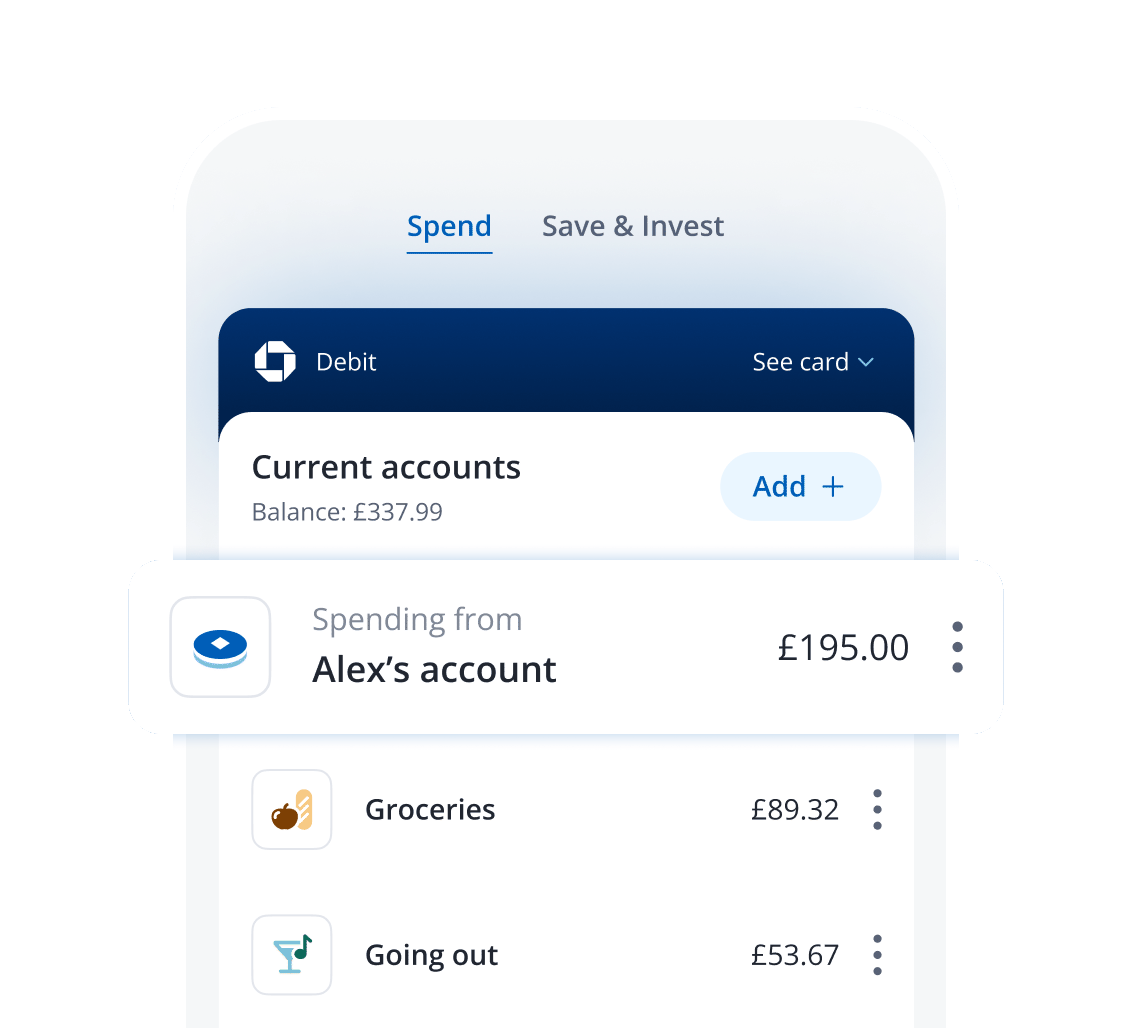life
Five money lessons to teach your children
4 min | 20 September 2021

Talking to your children about money might not be super appealing. But improving your kids' awareness of money doesn’t have to be a chore.
You're an important influence on your children’s attitudes to money. While some schools offer financial education, you can't guarantee that it'll be comprehensive or even useful. Children can start learning about money by the time they’re around three years old,and it’s a good idea to get going as soon as you can by having everyday conversations about money. Talk about what you buy or what you're saving for, especially if it's for them.
We’ve come up with some simple, effective – and even fun – ways to give your kids the tools that can help them to manage their finances as they grow up.
1. Teach them how much things cost
While some parts of family finances might be too overwhelming for children, you can start them off with smaller everyday expenses.
Activity ideas
Give younger children a budget and ask them to help plan a family day out, taking into account the cost of transport, meals and ticket prices.
Ask older children to go on price comparison websites to see if they can find a better deal for household costs, like their phone tariff, broadband or pet insurance.
2. Show them the value of work
Talk to your children about how you divide money that comes in. You don't have to be specific about numbers, but talking often about how you pay for things can be helpful. As they get older, you can encourage them to earn their pocket money by doing chores around the house.
Activity ideas
List jobs that need doing and what you’re prepared to pay – the more intensive jobs might come with a higher financial reward.
3. Explain why it’s important to be patient
Whether it’s a weekend away or a new pair of shoes, when we save up for the things we really want, it can feel great to finally get them. Encouraging your children to develop this habit can help them save better later in life.
Activity idea
Give younger children a jar or a piggy bank they can decorate and put their pocket money (or a cash substitute like pasta that you can convert for them). This activity will allow them to see how their money grows over time and save for the things they want.
4. Highlight the difference between wants and needs
As your children learn to save, you can guide them through the choices they’ll need to make. It’s a good opportunity to encourage them to think about the difference between the things they want and need.
Activity idea
Ask your child to make a food shopping list and then decide which items you need and those that aren’t essential. Making choices about spending and saving can help your children budget when they’re older.
5. Let them learn
It’s important to allow your children to make their own mistakes. Be careful about indulging any requests for extra pocket money - the idea is that they learn the natural consequences of spending or saving their money, without the lecture.
Activity ideas
Help younger children set saving goals and introduce a chart that monitors their progress to keep them motivated.
Give older children more responsibility for their spending, such as looking after their own monthly phone bill or allowance, or moving their pocket money to cover a longer period of time. Don't rush it - give them control in steps so they have opportunities to learn.
You can find more information about how to teach your children about money on the Money Advice Service site.
And read this useful article on when to talk to your kids about money.
Sources:
- Money and Pensions Service: Report "How families teach children about money"
- Moneyhelper.org.uk Article: "How to talk to three and four year olds about money"






